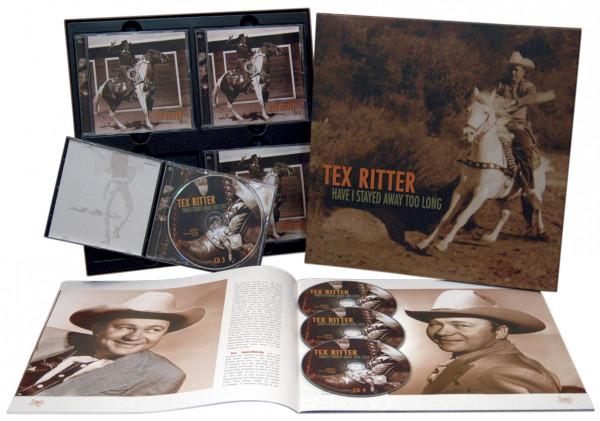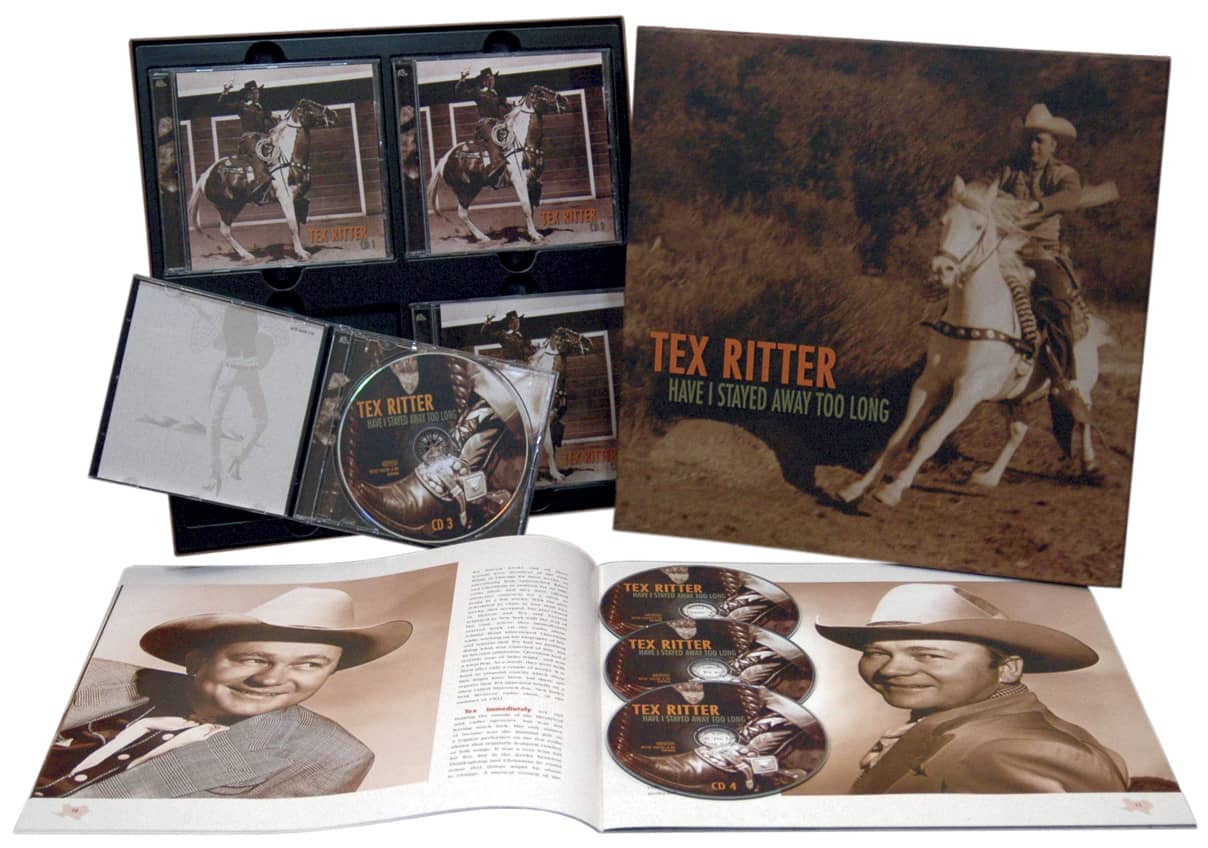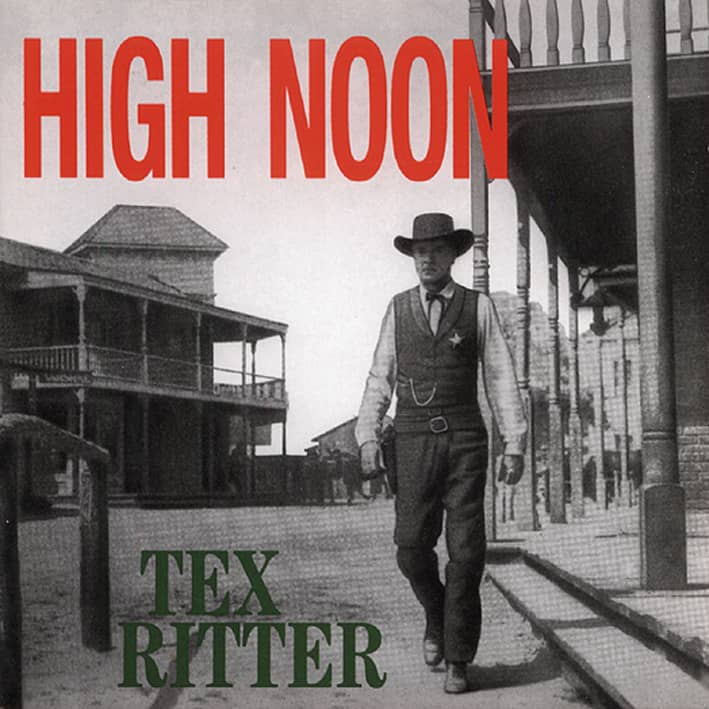Tex Ritter High Noon (LP)
- Réf. de l’article: BFX15126
- Poids en kg: 0.21

Immédiatement disponible à l'expédition, Délai de livraison** env. 1 à 3 jours ouvrés.

Immédiatement disponible à l'expédition, Délai de livraison** env. 1 à 3 jours ouvrés.

Immédiatement disponible à l'expédition, Délai de livraison** env. 1 à 3 jours ouvrés.

Immédiatement disponible à l'expédition, Délai de livraison** env. 1 à 3 jours ouvrés.

seulement 1x disponibles
Immédiatement disponible à l'expédition, Délai de livraison** env. 1 à 3 jours ouvrés.





















